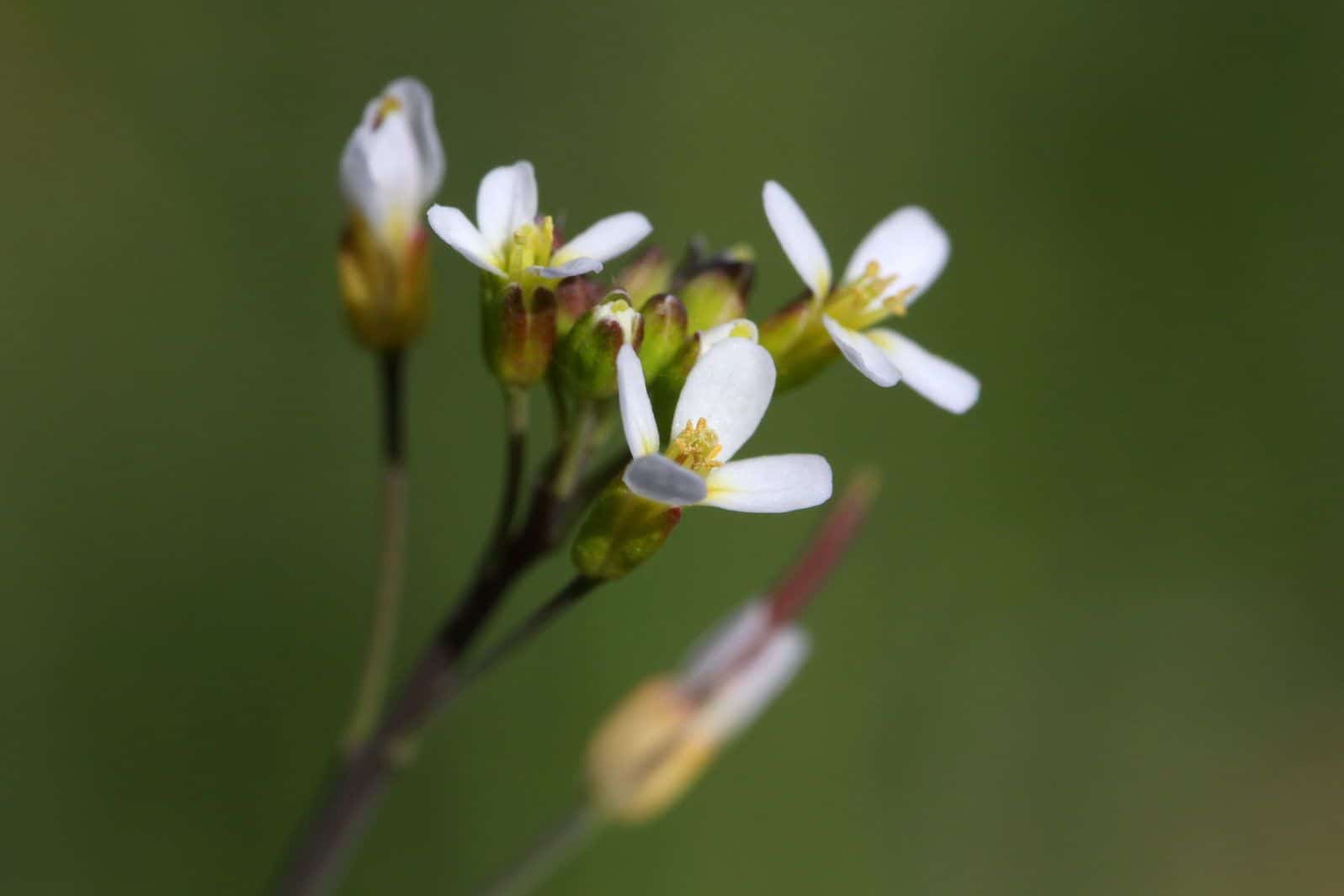Some plants are early birds while others are more like late risers.
Some people are early birds, going to bed early and rising with the sun, while others are night owls, preferring to stay up late into the night and sleeping in the next morning.
Plants, it turns out, are no different.
A team of researchers at the Earlham Institute and John Innes Centre in the United Kingdom set out to investigate the circadian variations among thale cress (Arabidopsis thaliana) plants in Sweden to see if their findings could help farmers breed cultivars that are more resilient to environmental changes.
“Circadian clocks have evolved to resonate with external day and night cycles. However, these entrainment signals are not consistent everywhere and vary with latitude, climate and seasonality. This leads to divergent selection for clocks which are locally adapted,” the scientists explain in a study.
They employed a newly invented delayed fluorescence imaging method to screen nearly 200 thale cress plants for their circadian rhythms and found marked differences.
They chose Sweden for the experiment because the Nordic nation experiences extreme variations in daylight hours and climate throughout the year, but understanding the genetics behind plants’ built-in circadian clocks could help farmers in other regions as well.
The scientists discovered that there was as much as a difference of 10 hours between the clocks of the earliest risers and latest phased plants. Both geography and the genetic ancestry of a plant influenced when and for how long it was most active during a day.
The researchers identified a single DNA base-pair change in a specific gene called COR28 behind the phenomenon and they say the change is more likely to be present in plants that flower later. The gene is known to be responsible for deciding when a plant flowers and how much freezing weather it can tolerate.
“It’s amazing that just one base-pair change within the sequence of a single gene can influence how quickly the clock ticks,” said Hannah Rees, a postdoctoral researcher at the Earlham Institute who was an author of the paper. “A plant’s overall health is heavily influenced by how closely its circadian clock is synchronised to the length of each day and the passing of seasons. An accurate body clock can give it an edge over competitors, predators and pathogens,” Rees explained.
“Our findings highlight some interesting genes that might present targets for crop breeders, and provide a platform for future research,” the scientist added. “The next step will be to apply these findings to key agricultural crops, including brassicas and wheat.”
This story first appeared on Sustainability Times
South Africa Today
© 2020 Sustainability Times.
This article is licensed under a Creative Commons Attribution-ShareAlike 4.0 SA International License.












